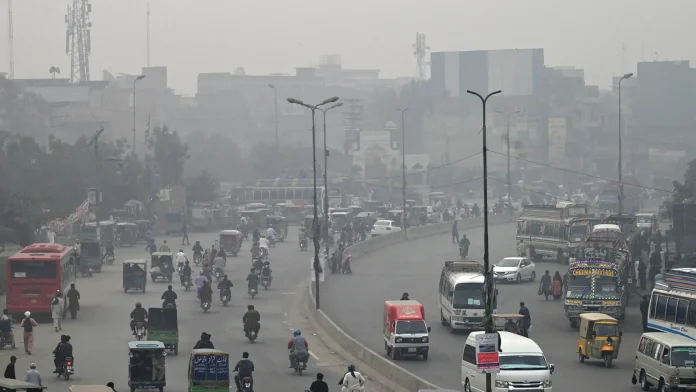Lahore has once again been ranked as the world’s most polluted city, recording a dangerously high Air Quality Index (AQI) of 349.
This alarming figure places the city in the “Very Unhealthy” category, meaning the air quality poses serious health risks to millions of residents living in Pakistan’s second-largest city.
Despite various efforts by the Punjab government to reduce smog and improve air quality, the situation remains critical. The government has introduced measures to control pollution, but these efforts have not been enough to significantly improve conditions.
Lahore is not alone in facing this crisis. Other major South Asian cities, including Karachi, Kolkata, and Dhaka, also appear among the top ten most polluted cities globally. This shows that air pollution is a widespread regional problem affecting millions of people across South Asia.
Several factors contribute to Lahore’s terrible air quality. Vehicle emissions from cars, buses, and motorcycles release harmful pollutants into the atmosphere. Industrial pollution from factories adds more toxic substances to the air.
Additionally, crop residue burning by farmers in surrounding agricultural areas creates massive amounts of smoke that drifts into the city.
Environmental experts warn that conditions may worsen during the winter months. Cold weather traps polluted air close to the ground, creating thick smog that can last for days or weeks.
The current situation demands immediate and sustained action from government authorities, businesses, and citizens.
Without serious intervention, Lahore’s residents will continue suffering from respiratory problems, eye irritation, and other health issues caused by breathing dangerously polluted air every day.


